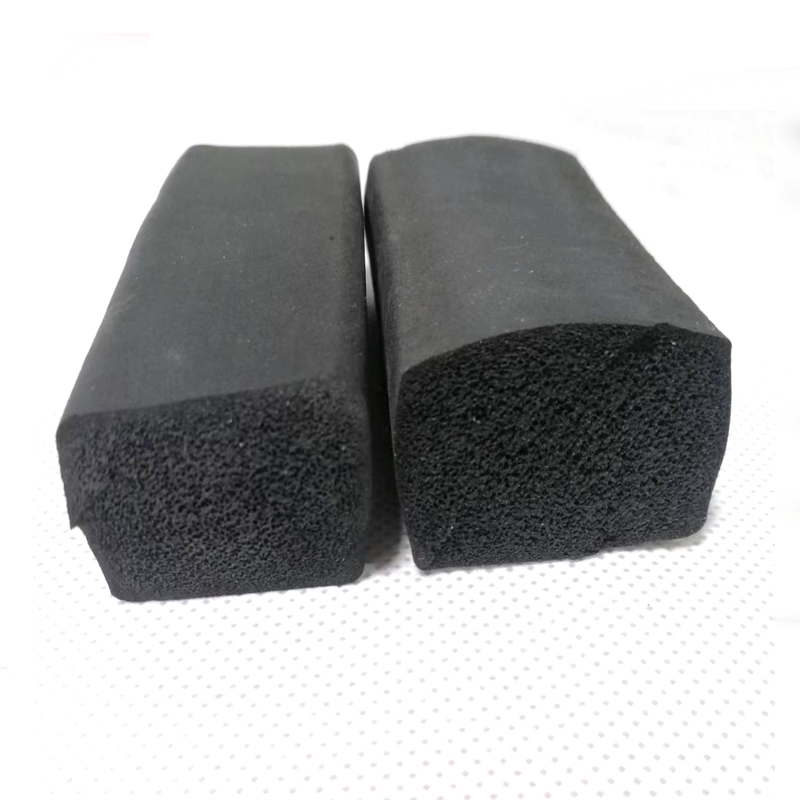Aug . 13, 2024 09:32 Back to list
High-Quality Sealing Strips for Energy-Efficient Doors, Windows, and Curtain Wall Installations in China
The Significance of Sealing Strips in Doors, Windows, and Curtain Walls
In the modern construction and architecture landscape, sealing strips have become an indispensable component in ensuring the efficiency and longevity of buildings, particularly in doors, windows, and curtain wall systems. These seemingly simple yet crucial elements play a significant role in sealing gaps and joints, providing thermal insulation, soundproofing, and weather resistance.
Understanding Sealing Strips
Sealing strips, often made from materials such as rubber, foam, and silicone, serve as barriers that prevent air, water, and sound from penetrating through openings in buildings. They are engineered to fit snugly into the edges of doors and windows, as well as the joints of curtain walls, ensuring that the interiors of buildings remain comfortable and safe from external elements.
Importance of Sealing Strips
1. Energy Efficiency One of the primary functions of sealing strips is to enhance the energy efficiency of buildings. By preventing drafts and leakage, they help maintain consistent indoor temperatures, reducing the demand on heating and cooling systems. This not only lowers energy bills but also contributes to a reduced carbon footprint—a vital consideration in today’s environmentally conscious world.
2. Weather Resistance Sealing strips provide an essential layer of protection against weather conditions. They act as a barrier against rain, snow, and moisture ingress, which can lead to mold growth and structural damage over time. This is particularly important for buildings in areas prone to extreme weather events, where the integrity of seals can significantly affect the lifespan of windows and doors.
3. Soundproofing In urban environments where noise pollution is prevalent, sealing strips can serve an acoustic purpose. By effectively sealing gaps, they contribute to sound insulation, creating a quieter, more peaceful indoor environment. This is especially critical in residential buildings, hotels, and offices that require a level of tranquility for comfort and productivity.
china sealing strip for doors, windows, curtain walls

4. Aesthetic Value Beyond their functional advantages, sealing strips can also enhance the aesthetic appeal of buildings. With a range of colors, materials, and profiles available, they can be selected to complement architectural designs while providing a clean, finished look. This versatility allows architects and builders to maintain design integrity without sacrificing performance.
Choosing the Right Sealing Strips
Selecting the appropriate sealing strip for a specific application involves considering various factors, such as the material, durability, and environmental resistance. For instance, EPDM rubber strips are known for their superior weather resistance and longevity, making them ideal for outdoor applications. In contrast, foam strips are often utilized for interior applications where ease of installation and flexibility are paramount.
Installation and Maintenance
Proper installation of sealing strips is vital to ensure their effectiveness. Gaps should be accurately measured, and strips should be fitted securely to avoid any air or moisture leakage. Regular maintenance checks are also essential to ensure the integrity of the seals over time. Replacement of damaged or worn-out sealing strips can prevent long-term issues, making it a cost-effective preventive measure.
Conclusion
In summary, sealing strips for doors, windows, and curtain walls are critical components that significantly contribute to the comfort, efficiency, and durability of buildings. As construction standards evolve and the demand for energy-efficient and sustainable architecture rises, the role of high-quality sealing solutions will undoubtedly grow. By investing in the right sealing strips, builders and homeowners alike can ensure the resilience and longevity of their structures for years to come.
Next:




